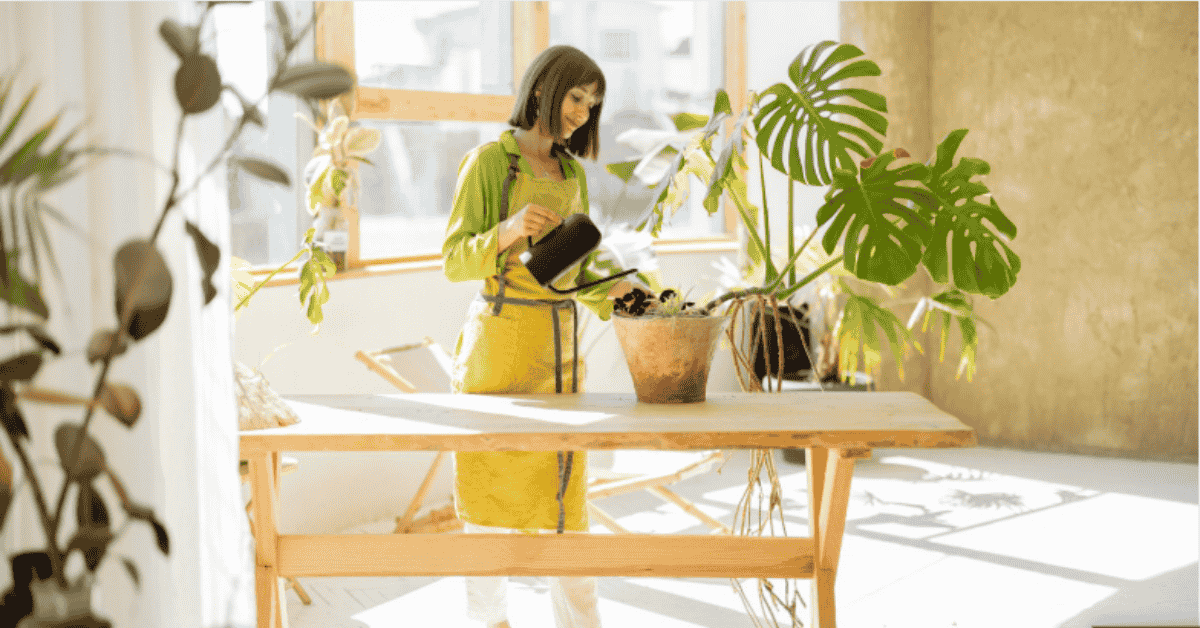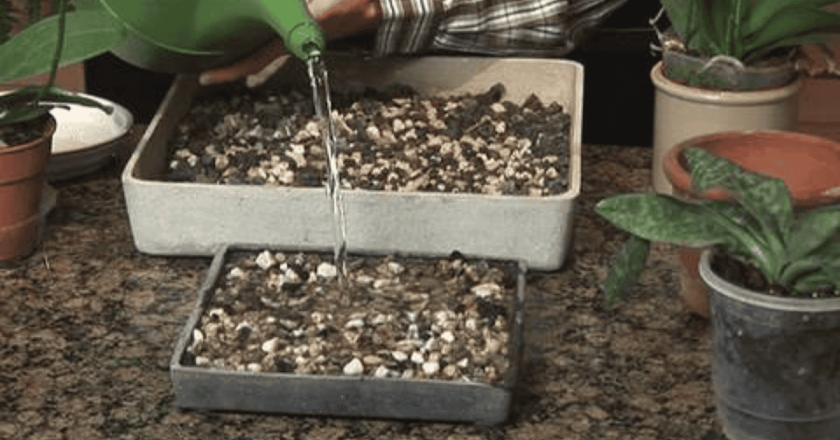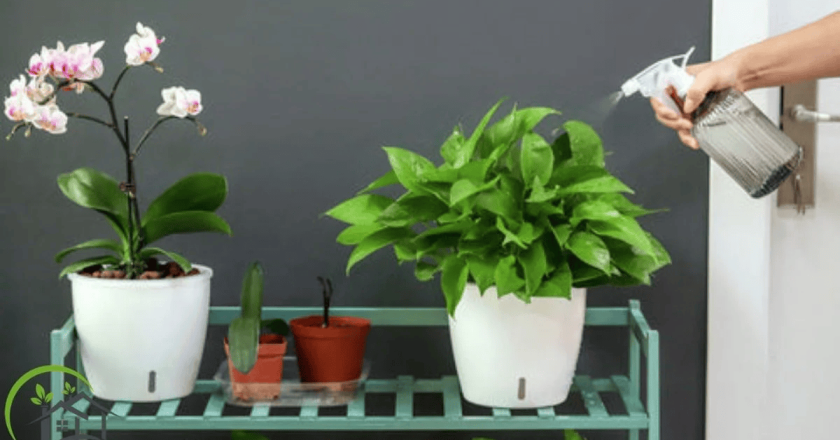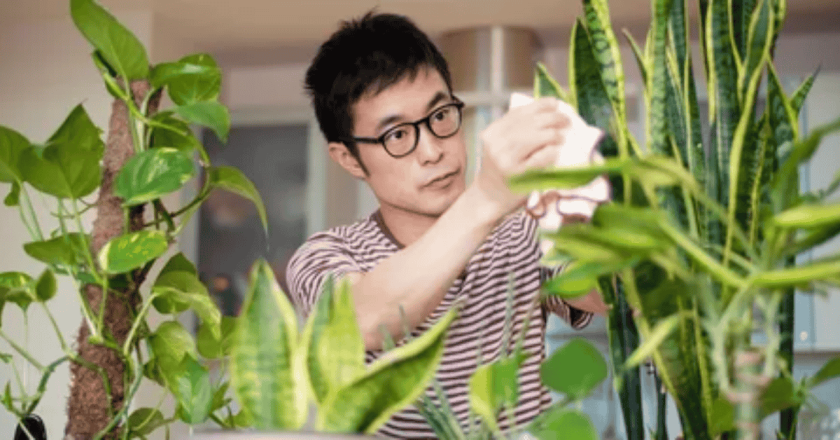Becoming a plant parent is one of those small but surprisingly big decisions. You don’t quite realize it at first. You just think, “Alright, I’ll pick up a plant for the corner of my living room, see how it goes.” But then—suddenly—you’re checking soil moisture, moving pots around for light, maybe even talking to leaves when no one’s watching. Plants sneak into our routines.
For many people stepping into this green world, especially as a First-Time Plant owner, it can feel like standing in front of a buffet table where every dish looks good, but you’re not sure what’s safe to try first. Too many options. Too much advice. Some say succulents are foolproof, others swear by ferns, and then someone else insists orchids are “easy” (which, let’s be honest, they’re not if you’re just starting out).
That’s exactly why in 2025, we need a guide that’s not only up-to-date but also realistic. Because plant care advice evolves—new hybrids pop up, lighting solutions improve, and even our lifestyles change. Working from home is still a big thing for many, and it affects which plants we notice thriving in living rooms, kitchens, and tiny home offices.
So here’s a long, meandering, hopefully useful exploration of the best indoor plants for First-Time Plant parents in 2025.
Why Indoor Plants Still Matter (and Maybe More Than Ever)
There’s something about plants that feels… grounding. Literally, yes, because they come from soil. But also mentally. Studies keep piling up showing that greenery reduces stress, boosts productivity, and even makes rooms feel cleaner.
If you’re a First-Time Plant parent, you’ll quickly notice how one little pot changes the vibe. That one corner that used to look empty suddenly feels intentional. And you begin to realize, “Wait, maybe I actually enjoy caring for this thing.”
In 2025, with so many of us spending more time indoors—sometimes glued to screens for unhealthy stretches—plants become these tiny, quiet reminders of life happening beyond our deadlines and notifications.
And honestly, they don’t ask for much. Well, most of them don’t.
The Qualities to Look for in Beginner-Friendly Plants
Not all plants are created equal, especially if you’re someone who might forget to water now and then, or overwater out of love (a classic First-Time Plant move).
Here are a few qualities that make a plant beginner-friendly:
-
Tolerant of irregular watering – Because sometimes you’ll forget, other times you’ll overdo it.
-
Adaptable to various light levels – Most of us don’t live in glasshouses.
-
Resistant to pests and disease – Nobody wants to deal with spider mites in month one.
-
Visibly communicative – Plants that “tell you” when they need water (drooping leaves, for example) are easier for new plant parents to read.
-
Rewarding appearance – It helps if they actually look nice, even when neglected.
With that in mind, let’s look at some of the best indoor plants for First-Time Plant enthusiasts in 2025.
1. Snake Plant (Sansevieria)
If you ask ten plant experts about the best starter plant, at least seven will mention the snake plant. It’s practically indestructible. Low light? Fine. Bright light? Great. Forget to water for two weeks? It won’t mind.
It’s stiff, sword-like leaves also add a sculptural element to a room, which makes it popular in modern interiors.
👉 Full care guide: Snake Plant Care Guide – Sansevieria Tips
As a First-Time Plant owner, you’ll learn quickly that the snake plant thrives on neglect. Sometimes, less really is more.
2. Peace Lily (Spathiphyllum)
Peace lilies are a bit more dramatic. Their leaves will droop noticeably when thirsty, which is oddly helpful for a beginner because it takes the guesswork out of watering.
Plus, they bloom indoors with elegant white flowers—something not all houseplants do. That little reward can feel extra encouraging when you’re just getting started.
👉 Read the Peace Lily Care Guide
For the First-Time Plant parent, the peace lily teaches a rhythm: watch, water, wait, bloom.
3. Money Tree (Pachira Aquatica)
Money trees aren’t just visually interesting (with their braided trunks and bright green leaves). They also carry symbolic weight, often linked to prosperity and good luck.
Many First-Time Plant parents like them because they’re conversation starters. Someone inevitably asks, “Is that a money tree? Does it really bring money?” Well, maybe not directly, but it definitely brightens the mood.
👉 Learn more here: Care for a Money Tree – The Luckiest Indoor Plant
It’s fairly forgiving as long as you avoid overwatering.
4. Christmas Cactus
Unlike typical cacti, the Christmas cactus doesn’t crave drought. It prefers a bit more attention, but still, it’s not high-maintenance. Around winter, it rewards you with bright, festive blooms.
👉 Care tips: Christmas Cactus Guide
As a First-Time Plant owner, it’s a fun way to experience the cycle of anticipation—watching buds form, then finally burst into color.
5. ZZ Plant (Zamioculcas Zamiifolia)
This one is often nicknamed the “set it and forget it” plant. The ZZ plant tolerates low light, drought, and general indifference. It has glossy leaves that almost look artificial (in a good way).
If you’re the kind of First-Time Plant parent who worries you’ll kill your green friend, the ZZ plant is practically impossible to disappoint.
6. Bathroom-Friendly Plants
One overlooked area for beginners is the bathroom. The humidity there can actually help certain species thrive. Ferns, pothos, and even orchids (if you’re brave) can work here.
👉 Explore the 33 Best Plants for Your Bathroom
For a First-Time Plant parent, experimenting in the bathroom feels low-stakes. And honestly, there’s something surprisingly uplifting about brushing your teeth next to a little fern.
7. Office and Desk Plants
If your workspace feels dull, adding something green changes the atmosphere instantly. Small plants like pothos, philodendron, or even a little cactus can make the desk less sterile.
👉 Browse The 35 Best Office Plants
Many First-Time Plant owners start here—a desk plant is small, contained, and a safe experiment.
8. Oversized Indoor Plants
This might sound counterintuitive, but sometimes bigger plants are actually easier. Fiddle leaf figs, rubber trees, or monstera deliciosa can make a dramatic statement.
👉 Check out: 20 Oversized Indoor Plants
For the First-Time Plant parent who’s confident enough to go big, these become almost like green roommates.
9. Low-Maintenance Stars
There’s a category of plants practically designed for busy or forgetful people. Spider plants, pothos, philodendrons, succulents—all forgiving, all attractive.
👉 Explore 35 Low-Maintenance Plants
For many First-Time Plant parents, this category is the sweet spot: variety without too much responsibility.
10. Outdoor Options for Beginners
Yes, this is technically an article about indoor plants, but sometimes a small balcony or patio begs for greenery too. Hardy outdoor plants can be just as beginner-friendly.
👉 List here: Best Low-Maintenance Outdoor Plants for Busy Gardeners
If you’re a First-Time Plant owner with even a sliver of outdoor space, mixing one or two outdoor species might make your whole green journey feel more complete.
Common Mistakes First-Time Plant Parents Make
Let’s be honest: you’re going to make mistakes. Everyone does. And that’s fine. Plants are more resilient than we think.
-
Overwatering – Easily the most common mistake.
-
Poor lighting choices – “Bright indirect light” is a phrase you’ll hear a lot, and it’s not always obvious what that means.
-
Impatience – Plants grow slowly. Sometimes painfully slowly.
-
Too much moving around – Constantly shifting pots confuses them.
For a First-Time Plant parent, patience is as important as watering. Sometimes you have to accept that growth takes weeks, months, even years.
Why 2025 Feels Different
In 2025, plant care is merging more with tech. Smart planters that measure soil moisture, grow lights on timers, even apps that scan leaf problems with your phone—these things make it easier than ever for a First-Time Plant owner to succeed.
But here’s the funny thing: despite all the gadgets, the joy is still very analog. Watering by hand, touching leaves, noticing a new sprout. No app can replace that.
🌱 Key Takeaways
-
First-time plant parents should start with low-maintenance indoor plants that thrive with minimal care.
-
Plants like snake plants, pothos, and peace lilies are perfect beginner-friendly options.
-
Choosing the right spot with indirect light is crucial for plant health.
-
Overwatering is the most common mistake—most plants need less water than beginners think.
-
Indoor plants not only beautify your home but also improve air quality and mood.
Final Thoughts
If you’re standing on the edge of becoming a First-Time Plant parent, the best advice might be: start small, stay curious, and don’t expect perfection.
Pick one or two forgiving plants—maybe a snake plant and a peace lily. See how it feels to care for them. Notice the tiny changes, the way they respond to your attention. And if you get hooked (which you probably will), expand from there.
Plants aren’t just decoration. They’re a kind of companionship, quiet and steady. And in 2025, with the pace of life feeling both faster and more uncertain, that companionship might be exactly what we need.
❓ FAQs
Q1. What is the easiest indoor plant for first-time plant parents?
Snake plants and pothos are often recommended because they need very little care.
Q2. How often should beginners water their indoor plants?
Most beginner plants need watering once a week, but it depends on light and room temperature.
Q3. Do first-time plant parents need special soil?
Not necessarily—regular indoor potting mix works fine for most starter plants.
Q4. Which indoor plants survive low light?
ZZ plants, peace lilies, and pothos do very well in low-light conditions.
Q5. Can indoor plants really improve air quality?
Yes, many indoor plants filter toxins and release oxygen, making the air fresher and healthier.




